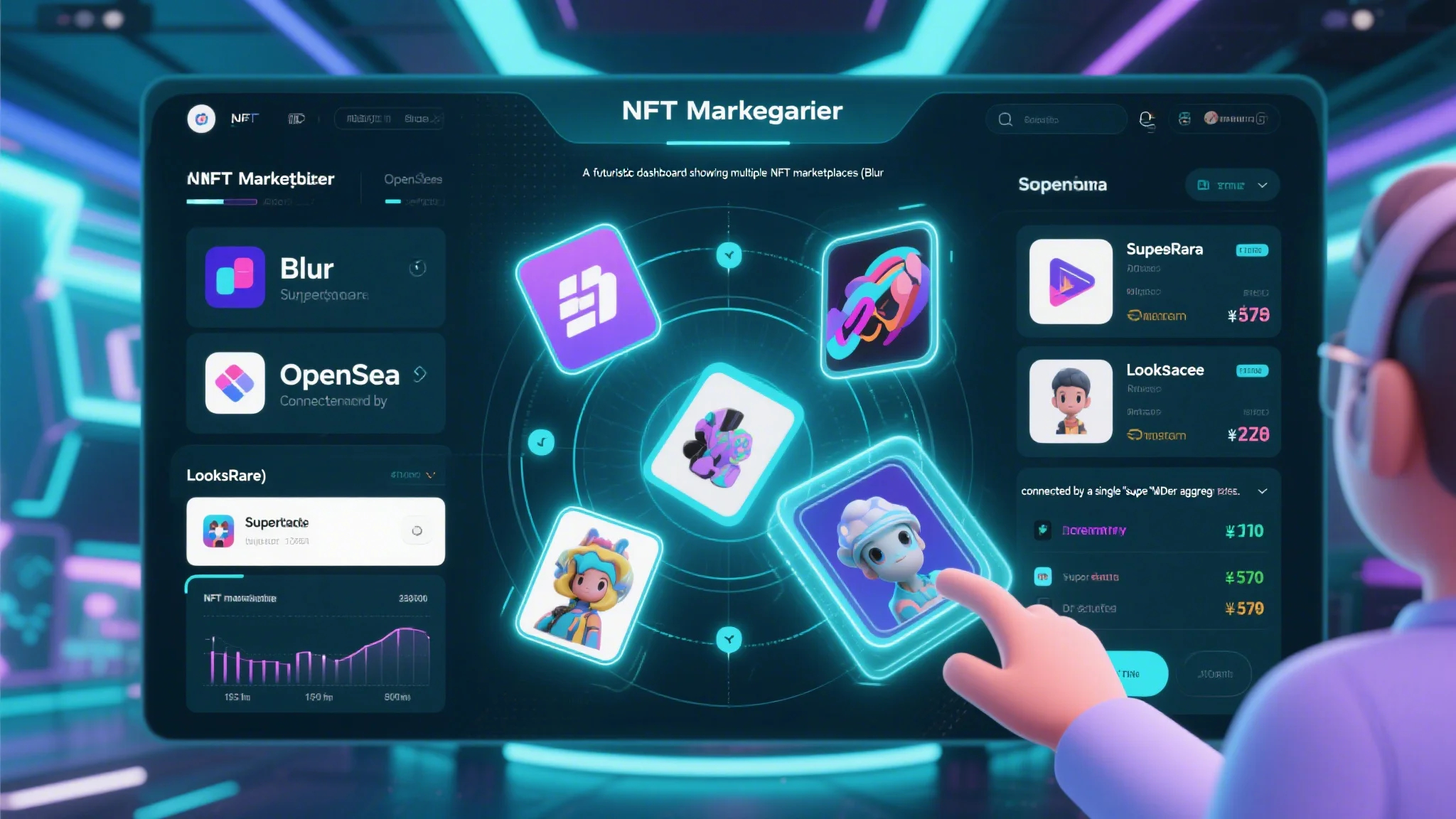Case Study: How SudoSwap’s AMM Model Revolutionized NFT Liquidity
Case Study: How SudoSwap’s AMM Model Revolutionized NFT Liquidity
The emergence of AMM NFT liquidity solutions like SudoSwap represents one of the most significant breakthroughs in digital asset trading infrastructure. Traditional NFT marketplaces relied on order book models that often resulted in illiquid markets, wide bid-ask spreads, and price volatility that discouraged serious traders. SudoSwap’s automated market maker (AMM) approach borrowed concepts from successful DeFi liquidity pools but adapted them specifically for the unique characteristics of non-fungible tokens. This innovation didn’t just improve trading efficiency – it fundamentally changed how collectors, investors, and creators interact with NFT markets.
At its core, SudoSwap’s model applies principles of crypto market making to NFTs through bonding curves that algorithmically determine prices based on supply and demand. Unlike traditional AMMs designed for fungible tokens, SudoSwap’s system accounts for the unique attributes of each NFT while still providing continuous liquidity. The platform’s novel approach allows liquidity providers to earn fees proportional to their contributed assets and trading volume, creating sustainable incentives for market participation. What makes this particularly revolutionary is how it enables price discovery for even the most obscure or newly minted collections, solving one of the most persistent challenges in the NFT ecosystem.
The success of SudoSwap has inspired a wave of innovation in blockchain trading strategies specifically optimized for NFT markets. Professional traders now employ sophisticated techniques that leverage the predictable price movements of bonding curves while accounting for the emotional and speculative aspects unique to digital collectibles. The platform’s transparent, on-chain architecture has also enabled the development of advanced analytics tools that provide unprecedented visibility into NFT market dynamics. These tools help participants make more informed decisions about when to provide liquidity, when to trade, and how to structure their portfolios for optimal performance in various market conditions.

SudoSwap’s impact extends beyond just trading mechanics – it has fundamentally altered the economics of NFT creation and collection. Artists and creators now have access to liquidity solutions that were previously only available to established projects with large communities. This democratization of market infrastructure has lowered barriers to entry while providing more predictable revenue streams for creators through royalty mechanisms integrated into the AMM model. Collectors benefit from reduced slippage and more efficient price discovery, making it practical to build and rebalance diversified NFT portfolios. The platform’s success demonstrates how thoughtful protocol design can align incentives across all market participants, creating more sustainable ecosystems compared to the speculative frenzy that characterized earlier NFT market cycles.
The technical architecture behind SudoSwap’s AMM NFT liquidity solution represents a masterclass in blockchain engineering. By building on Ethereum while optimizing for gas efficiency, the platform achieves performance characteristics that rival centralized alternatives while maintaining full decentralization. The system’s smart contracts implement sophisticated risk management features that protect liquidity providers from extreme market movements while still allowing for organic price discovery. Perhaps most impressively, the protocol accomplishes all this without requiring users to surrender custody of their assets – a critical feature that maintains the self-sovereign ethos of Web3 while delivering professional-grade market infrastructure.
Looking ahead, the principles pioneered by SudoSwap are being adapted to an expanding range of DeFi liquidity pools incorporating non-fungible assets. We’re seeing experimentation with hybrid models that combine aspects of order books and AMMs, as well as novel approaches to fractionalization and derivatives based on NFT bonding curves. The platform’s success has proven that with the right incentive structures and technical architecture, even inherently unique assets can benefit from automated liquidity solutions. This breakthrough opens doors for entirely new categories of financial products and collectibles that simply weren’t practical in the illiquid markets of the past. As these innovations mature, they promise to bring NFT markets closer to the liquidity and efficiency standards of traditional financial markets while preserving the unique value propositions of blockchain-based assets.
The story of SudoSwap offers valuable lessons for anyone developing blockchain trading strategies or market infrastructure. Its success wasn’t just about applying existing DeFi concepts to NFTs – it required deep understanding of both the technical constraints of blockchain systems and the behavioral economics of digital collectibles markets. The platform’s designers recognized that true innovation often lies at the intersection of multiple disciplines, and that solving real user problems matters more than chasing short-term speculative trends. As the NFT ecosystem continues evolving, SudoSwap’s model will likely serve as a foundation for future innovations that further bridge the gap between decentralized finance and digital collectibles, creating more robust, liquid, and accessible markets for all participants.
